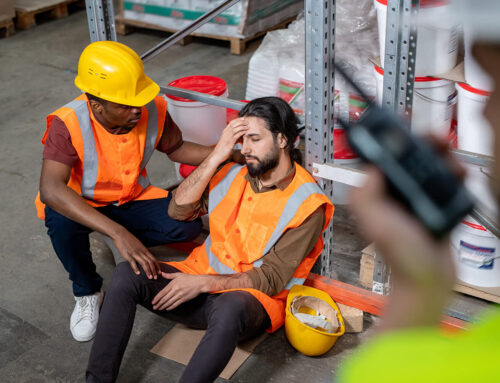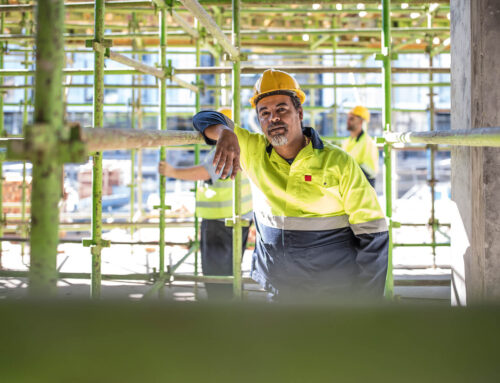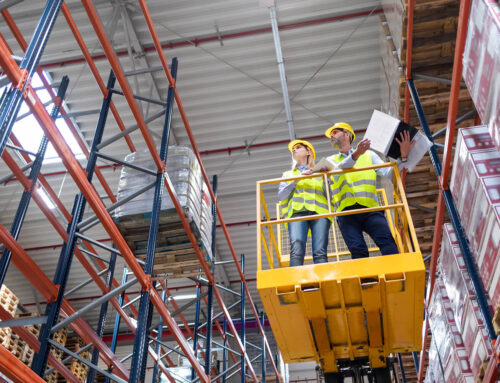Scaffold work can be very dangerous. There are many events that can occur that can cause a worker on a scaffold to fall and suffer serious harm. Due to that very substantial risk of harm, New York law has some very broad protections for these sorts of workers. Section 240(1) of the Labor Law, sometimes nicknamed the “Scaffold Law,” gives injured workers the right to seek compensation from site owners and general contractors if they are injured as a result of “elevation-related” risks. That can include something falling on you, or you falling from a height (like falling from a scaffold). If you are hurt while performing work that required the use of a scaffold, be sure you retain a knowledgeable New York construction accident attorney, who will be familiar with all the unique aspects of this area of the law.
An example of how the Scaffold Law can work was the case of J. J. was a construction worker working in Queens County when he was hurt. J. was part of a team doing demolition work and his work required him to stand on a scaffold. As some point, while performing his duties, J. fell off that scaffold and suffered significant injuries.
When that type of injury happens, the law allows you to sue the construction site owner or the general contractor on the job. Both have a duty to ensure the safety of worker at risk of “elevation-related” dangers by providing those workers with proper protection, and that duty cannot be delegated to other people or entities.
That’s why the Appellate Division ruled that J. was entitled to summary judgment against the property owner in his case. Summary judgment in your favor means that your opponent is deemed liable without you even having to go to trial; you only have to have a trial to prove the extent of the harm you suffered. J. was entitled to this judgment because he had proof that he fell from a scaffold and that the scaffold from which he fell did not have safety rails on the sides and that J. did not receive a “safety device to prevent him from falling,“ such as a harness.
When you are at a height, are given no protection at all and fall (suffering injuries in the process), those facts alone are enough to establish that a violation of the law took place.
The court also issued a ruling in favor of the defendant, but that ruling did not negatively impact J. The court determined that the property owner was entitled to seek something called “indemnification” from the general contractor. What that means is that the defendant was entitled to demand that the general contractor pay back any compensation that the owner owed to J. as a result of the worker’s construction injury lawsuit. In other words, the general contractor would have to reimburse the owner, but that did not eliminate or reduce the amount that the owner owed to J.
If you have suffered injuries while working at your construction job, consult the skilled New York City construction injury attorneys at Arcia & Associates. Our team has many years of experience providing our clients with the effective and thoughtful representation their cases need.
Contact us at 718-424-2222 to find out how we can help you.
More Blog Posts:
A Brooklyn Elevator Mechanic’s Successful Appeal in His Construction Injury Lawsuit, Blog de Abogado en la Ciudad de Nueva York, 24 de Mayo de 2018
New York City Building Employee Wins Injury Case Due to Defective Ladder, Blog de Abogado en la Ciudad de Nueva York, 10 de Abril de 2018











